Design for test (DFT) imposes various restrictions on the design so that the test automation tools (automatic test pattern approaches such as scan, as well as built-in self-test approaches) will subsequently be able to generate the test program. For example, different test approaches impose constraints on clock generation… Read More
Author: Paul McLellan
Low Power Webinar Series
At DAC 2011 in San Diego, Apache gave many product presentations. Of course not everyone could make DAC or could make all the presentations in which they were interested. So from mid-July until mid-August these presentations will be given as webinars. Details, and links for registration, are here on the Apache website.
The seminars… Read More
SOC Realization
There are some very interesting comments to the last entry on SoC Realization and how more and more chips are actually assembled out of IP. There was clearly a lot of discussion in this area at DAC, although most people (Atrenta being an exception) don’t use the term SoC Realization, presumably because it was originated by … Read More
Smartphones in the BRICs
The latest edition of GSA Forum has an article by Aveek Sarkar of Apache on system design for emerging market needs. The BRIC (Brazil, Russia, India, China) type countries are characterized by a small rich segment, a large and growing middle class and a large poor segment. One big trend is that smart phone use is expanding very fast.… Read More
OpenAccess
Probably everyone knows that openAccess is a layout database. It was originally developed at Cadence (called Genesis) but has since been transferred to Si2. Strictly speaking, openAccess is actually an API and the database is a reference implementation. The code is licensed under a sort of halfway to open-source: you can use … Read More
The Secret of Analog Design
Everybody knows that digital designers run on pizza and soda, what one might describe as poor food and weak drinks. At DAC in San Diego I discovered a restaurant that gave away the secret to analog design. And you thought it was a good layout editor and a good circuit simulator. But it turns out that the secret to analog is good food and… Read More
Going to DAC? There’s an app for that
Are you going to DAC in San Diego? Do you have an iPhone? In which case Bill Deegan’s dac48 app is something you should install before you get there. It’s free, which makes a nice change from EDA software pricing.
The app substitutes for the various paper, agendas and maps that you need to consult to find exhibitors, check… Read More
FPGA Prototypes Made Easy
FPGA-based prototype boards are a fast, cost-effective platform for SoC system validation but they are notoriously difficult to set up and to debug. There is a big upside, however, allowing early software integration and testing and thus finding bugs in both the software and the SoC earlier. This approach is much cheaper than … Read More
Analyzing and Planning Electro-static Discharge (ESD) Protection
ESD has historically been a big problem analyzed with ad-hoc approaches. As explained earlier, this is no longer an adequate way to plan nor signoff ESD protection.
Pathfinder is the first full-chip comprehensive ESD planning and verification solution. It is targeted to address limitations in today’s methodologies.… Read More
Electro-static Discharge (ESD)
Electro-static discharge (ESD) has been a problem since the beginning of IC production. Chips function on power supplies of up to a few volts (depending on the era) whereas ESD voltages are measured in the thousands of volts. When you reach out for your car door handle and a spark jumps across, that is ESD. If you were touching a chip… Read More



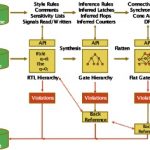


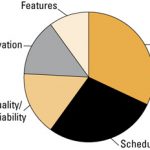


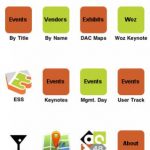
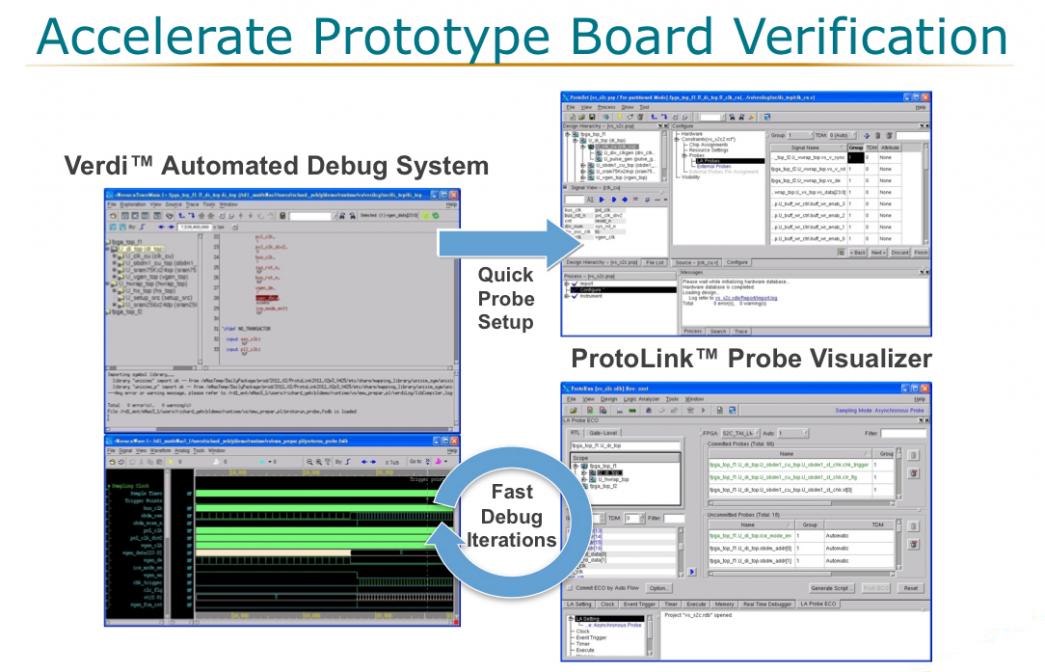
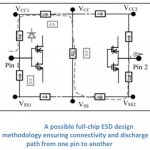
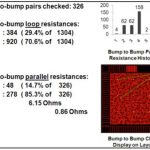







Quantum Computing Technologies and Challenges